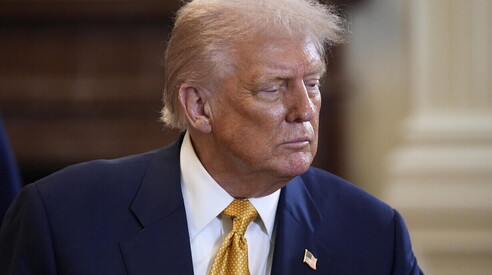In Trump's souk. Why the 15 percent tariff option on the EU is a false victory.


(EPA photo)
the negotiations
The European Union and the United States are close to reaching an agreement modeled on the one Washington reached with Japan. Brussels had long cultivated the illusion of zero tariffs. Now it will have to deal with its loosening of its trousers (and the repercussions that will fall especially on Germany and Italy).
British model? No, Japanese model . The European Union and the United States are close to reaching an agreement on 15 percent tariffs, just like with Japan, and not 10 percent as with London . The official announcement hasn't been made yet as we write, but there's already a sigh of relief in the stock markets and corridors of Brussels: 15 percent is better than 25 percent, or whatever percentages have been thrown around in the tariff bingo. Of course, the EU had cultivated too many illusions: first zero tariffs for all (an unrealistic hypothesis), then 10 percent or nothing, and had even prepared a retaliatory package worth 93 billion euros. But in Trump's souk, anything can happen, and this time it's the European negotiators who are dropping their pants.
We still don't know what will happen to the 25 percent tariffs on cars and the 50 percent tariffs on steel and aluminum. With Japan, they will be reduced, and it's likely the same will happen to the EU. In exchange, Tokyo has committed to investing $550 billion in the United States, and Trump called it "the biggest deal ever." Prime Minister Ishiba hasn't opened a glass of sake, partly because he's lost the majority that supports him. There have been rumors of his resignation, later denied, but he's unlikely to remain in office. He had drawn his red line in the sand. The same is true for the EU. Across-the-board tariffs of 10 percent were a heavy burden for European industry, which needs to sell abroad and invest heavily within the EU if it doesn't want to lower its competitiveness flag, as the Draghi report explained. A 15 percent tariff will be even worse. Forecasts had predicted a slowdown in growth, languishing below 1 percent this year, while in the US GDP is slowing but still growing by 2 percent. Italy was already one of the hardest hit countries, along with Germany (Europe's two leading manufacturing economies). At 15 percent, even those who invoke realism and realpolitik have nothing to celebrate.
More on these topics:
ilmanifesto





